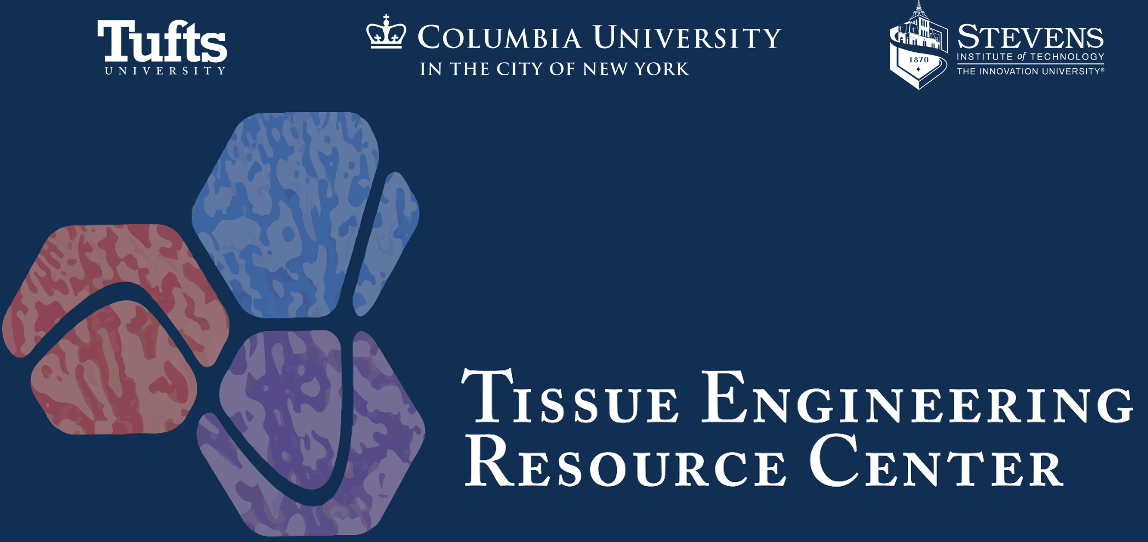Postdoctoral Research Overview
Biomaterials are natural or synthetic materials engineered for medical applications to support, enhance, or replace damaged tissues or biological functions. Among them, silk fibroin stands out as a versatile biopolymer with exceptional biocompatibility, biodegradability, and mechanical tunability. Derived from Bombyx mori silkworm cocoons, silk can be processed into diverse formats—including films, sponges, hydrogels, and coatings—making it suitable for applications in drug delivery, tissue engineering, and biosensing. The ability to precisely control silk’s structure and stiffness allows it to mimic physiological environments or direct cellular responses. These attributes make silk an ideal platform for designing responsive biomaterials that evolve with their biological surroundings.
Mariah started her Postdoc in Dr. Kaplan’s Lab in June of 2024. She joined as a Tufts IRACDA Fellow. Her current research focuses on silk fibroin–based biomaterials for drug delivery, tissue engineering, and fibrosis modeling. In 2025, she received the Natalie V. Zucker Award for her work on pulmonary fibrosis. Mariah also leads and contributes to several interdisciplinary collaborations, including studies with Columbia University through the Tissue Engineering Resource Center (TERC) and projects with the Air Force Research Laboratory (AFRL). Additionally, she has mentored students on the design of long-acting therapeutics and the integration of lipid nanoparticles with silk materials to develop hybrid delivery systems.
Fibrosis Modeling
Fibrosis is the pathological buildup of scar tissue that arises from chronic injury or inflammation. When normal wound healing becomes dysregulated, excessive extracellular matrix deposition leads to tissue stiffening and loss of function. Fibrosis contributes to many chronic diseases, including pulmonary, hepatic, and cardiac disorders, and remains a major unmet clinical challenge. The goal of Mariah’s work is to create dynamic silk-based models of fibrosis that capture how tissue stiffness evolves over time, enabling a better understanding of disease progression and therapeutic response.
Three manuscripts on fibrosis modeling are currently in preparation, with Mariah leading the pulmonary fibrosis research arm and contributing to the broader development of dynamic silk-based disease models.
Silk-Hydrogel Synthesis and Characterization
Mariah develops and characterizes silk fibroin hydrogels with tunable mechanical and biochemical properties. By modifying silk chemistry and crosslinking conditions, these hydrogels can be precisely engineered to control stiffness, degradation rate, and molecular interactions. Her work integrates polymer synthesis, rheological and mechanical testing, and biochemical functionalization to create next-generation silk materials for use in drug delivery and regenerative medicine applications.
Optical Sensing
Two manuscripts are being drafted; more details will be posted when they are accepted.
Long-Acting Therapeutics
One manuscript is under review; more details will be posted when it’s accepted.
Bridging Silk Biomaterials and Lipid Nanoparticles
Two manuscripts are under review; more details will be posted when they are accepted.
